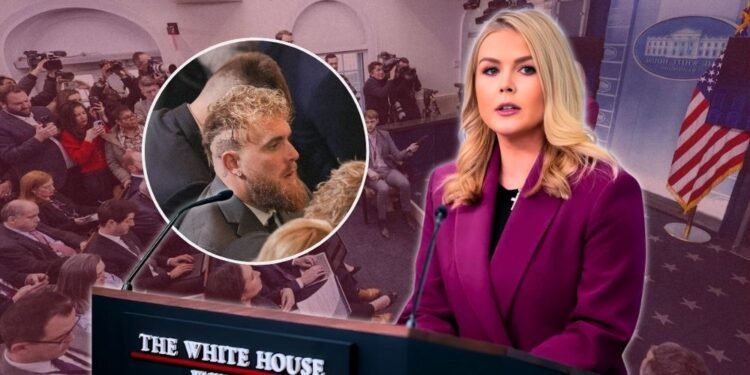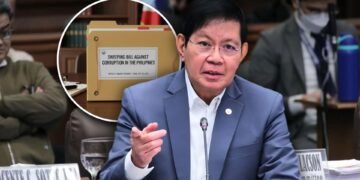In a move aimed at reshaping White House media access, the Trump administration has announced that content creators, podcasters, and social media influencers will now be eligible to apply for press credentials.
Within 24 hours of the announcement, **more than 7,400 influencers** submitted applications, according to Bloomberg.
Influencers and Podcasters Rush for Press Credentials
Press Secretary Karoline Leavitt emphasized the administration’s commitment to broadening media representation, particularly for younger audiences who consume news through nontraditional sources.
“Whether you are a TikTok content creator, a blogger, or a podcaster—if you are producing legitimate news content, no matter the medium—you will be allowed to apply for press credentials to this White House,” Leavitt stated during a briefing.
The decision reflects a broader trend of younger Americans relying on social media for news. According to the Pew Research Center, the percentage of adults who consume news from TikTok rose from 3% in 2020 to 17% in 2024, with nearly half of those users aged 18 to 29.
However, this shift has also raised concerns about the spread of misinformation, with studies indicating younger audiences struggle to identify AI-generated falsehoods.
The Trump administration’s move to embrace influencers aligns with the president’s broader media strategy. During his reelection campaign, Trump leveraged digital platforms and engaged with prominent influencers such as Jake and Logan Paul and Adin Ross to boost support among younger voters.
His efforts paid off, as he secured 43% of votes from the 18-29 demographic, a significant increase from 2020.
A New Media Strategy for Trump’s White House
The administration’s approach extends beyond campaign outreach. Trump has also taken a more favorable stance on TikTok, backing away from previous efforts to ban the platform and instead advocating for a U.S.-based buyer for its Chinese parent company, ByteDance.
TikTok CEO Shou Chew publicly thanked Trump for his support, citing the former president’s engagement on the platform, which generated over 60 billion views.
The influence of digital media was further underscored during the TikTok-sponsored “Power 30 Awards” on the eve of Trump’s inauguration, an event that honored conservative content creators instrumental in his reelection.
The expansion of press credentials includes reinstating passes for approximately 440 journalists whose access was revoked under the Biden administration’s stricter credentialing policies in 2023.
The new system, Leavitt stated, ensures that independent journalists and content creators have the opportunity to cover the White House if they meet eligibility criteria and pass a Secret Service background check.
In addition to granting access, the administration has introduced a “New Media Seat” in the White House press briefing room. Outlets such as Axios and Breitbart, which have previously had limited presence in the room, are expected to receive permanent seating.
“The Trump White House will speak to all media outlets and personalities, not just legacy media,” Leavitt remarked. “It is crucial to adapt to the evolving media landscape of 2025.”
While the move aims to modernize media representation, critics have voiced concerns about the credibility of new media voices. A June 2024 BBC investigation found that TikTok users in election battleground areas were frequently exposed to AI-generated conspiracy content.
Researchers have also pointed out that younger audiences are particularly vulnerable to misinformation.
Leavitt addressed these concerns by affirming the administration’s expectation that all credentialed media members, traditional or new, uphold journalistic standards.
“There have been lies pushed by many legacy media outlets about this president,” she said. “We expect all journalists—whether from major networks or independent platforms—to maintain ethical reporting practices.”












